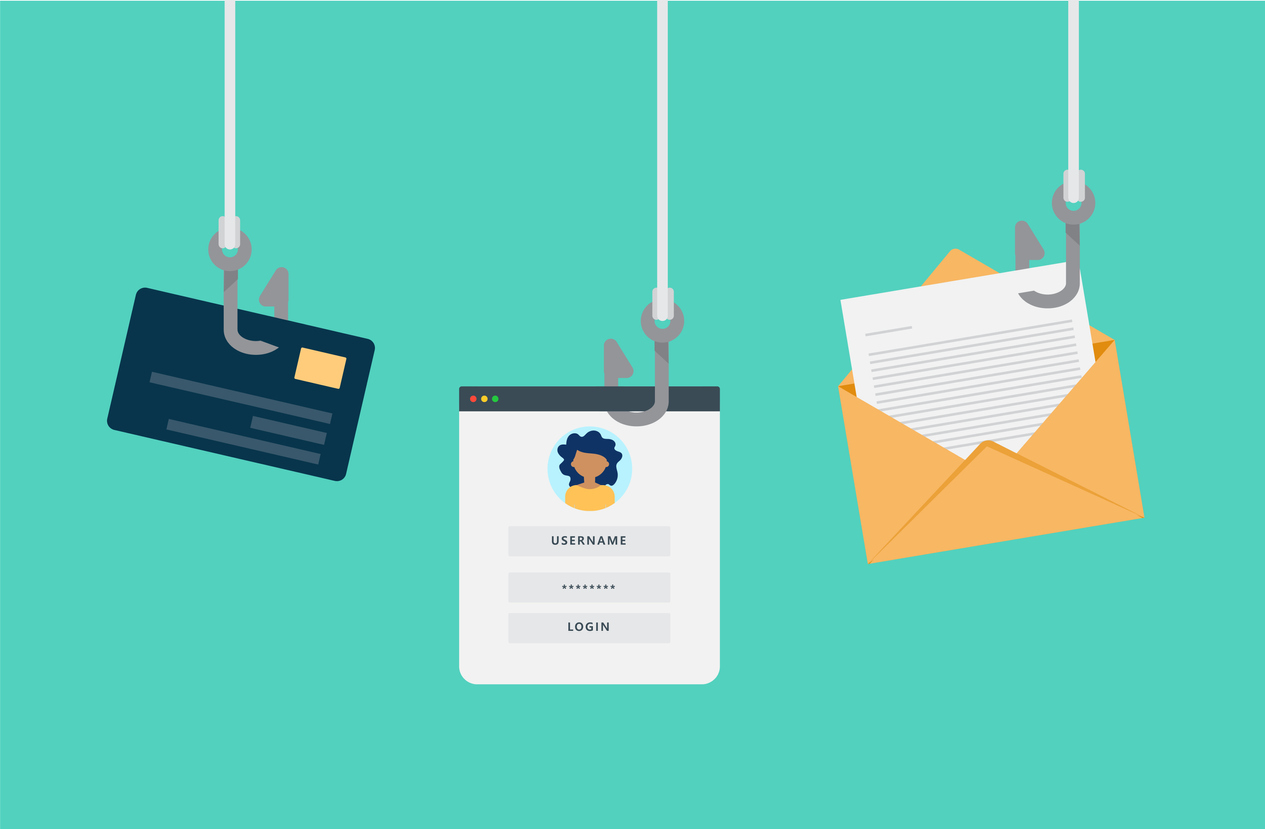How to Spot and Avoid Scams Targeting Your Personal Information
Personal information is any data that can be used to identify you as an individual. This can include things like your name, address, phone number, and financial information. Protecting your personal information is important because if it falls into the wrong hands, it can be used to commit identity theft or fraud.
Scammers often target personal information in order to gain access to your accounts, steal your money, or sell your information to others. It’s important to be aware of the different types of scams out there and how to protect yourself from them.
In this blog post, we’ll go over some common scams targeting personal information, how to spot them, and what to do if you suspect a scam. We’ll also discuss some steps you can take to protect your personal information.

How to Spot a Scam
There are a few red flags to look out for that may indicate a scam:
- You receive a message or call from someone claiming to be from a government agency, bank, or other organization asking for personal information.
- You are offered a deal that seems too good to be true.
- You are asked to pay money upfront in order to receive a prize or service.
- You are asked to provide personal information in order to “verify your account” or “update your information.”
Here are a few examples of common scams targeting personal information:
- Phishing scams: These are fake emails or websites that appear to be from a legitimate organization and ask you to enter your personal information.
- Robocalls: These are automated phone calls that may claim to be from a government agency or bank and ask you to provide personal information or money.
- Lottery scams: You receive a message or call saying you’ve won a prize, but you need to pay a fee to claim it.
- Employment scams: You are offered a job and asked to provide personal information or pay a fee to start work.
Steps to Take If You Suspect a Scam
If you suspect a scam, it’s important to take action to protect yourself. Here are a few steps you can take:
- Do not provide personal information: If someone asks for your personal information, do not give it to them. This includes your name, address, phone number, financial information, and any other sensitive data.
- Report the scam: If you receive a suspicious message or call, report it to the authorities. You can report phishing scams to the Federal Trade Commission (FTC) and robocalls to the National Do Not Call Registry.
- Ways to Protect Your Personal Information
There are several steps you can take to protect your personal information:
- Use strong, unique passwords: Use a different password for each of your accounts and make sure they are strong and unique. Avoid using easily guessable passwords like “123456” or your name.
- Be cautious about sharing personal information online: Don’t post personal information like your address or phone number on social media or other public websites. Be careful about which websites you share your information with, and make sure they have a secure connection (https).
- Keep your devices and software up to date: Make sure to keep all of your devices, including computers and smartphones, up to date with the latest software and security updates.
- Use security measures: Enable two-factor authentication on your accounts if it’s available. This adds an extra layer of protection by requiring you to enter a code sent to your phone or email in addition to your password.
Conclusion
Scams targeting personal information are a serious threat, but there are steps you can take to protect yourself. Remember to be vigilant and look out for red flags like requests for personal information or offers that seem too good to be true. If you suspect a scam, don’t provide any personal information and report it to the authorities. You can also protect your personal information by using strong, unique passwords, being cautious about sharing information online, keeping your devices and software up to date, and using security measures such as two-factor authentication. By following these tips, you can help keep your personal information safe and secure.
Here are 10 relevant links that you may find helpful:
- Federal Trade Commission: www.ftc.gov
This is the main consumer protection agency in the United States. You can report scams and learn more about how to protect yourself from fraud on their website. - National Do Not Call Registry: www.donotcall.gov
This website allows you to register your phone number to opt out of receiving telemarketing calls. You can also report unwanted calls that you receive. - Have I Been Pwned: www.haveibeenpwned.com
This website allows you to check if your email address or other personal information has been compromised in a data breach. - LifeLock: www.lifelock.com
This company offers identity theft protection services, including monitoring your personal information for suspicious activity and alerting you if anything is found. - Privacy Rights Clearinghouse: www.privacyrights.org
This non-profit organization provides information and resources on privacy issues, including how to protect your personal information and what to do if your information has been compromised. - IdentityTheft.gov: www.identitytheft.gov
This website is a resource for victims of identity theft, providing information on how to report the crime and steps to take to protect yourself. - US-CERT: www.us-cert.gov
The US Computer Emergency Readiness Team provides information and resources on cybersecurity threats and how to protect yourself online. - OnGuard Online: www.onguardonline.gov
This website, sponsored by the FTC, provides tips and resources on how to stay safe online and protect your personal information. - StaySafeOnline: www.staysafeonline.org
This website, sponsored by the National Cyber Security Alliance, provides information and resources on cybersecurity and online safety. - Get Cyber Safe: www.getcybersafe.gc.ca
This website, sponsored by the Government of Canada, provides information and resources on how to protect yourself and your family from cyber threats.

